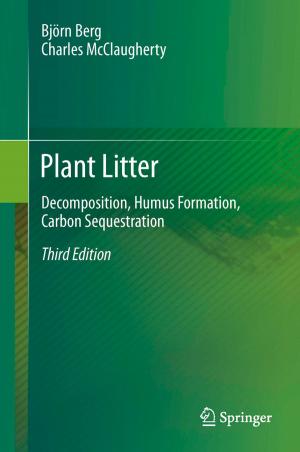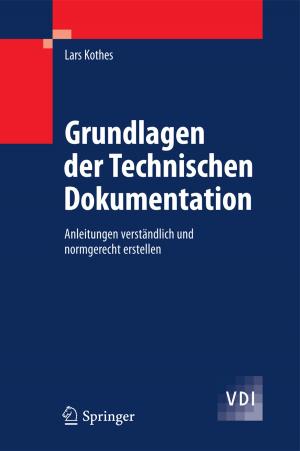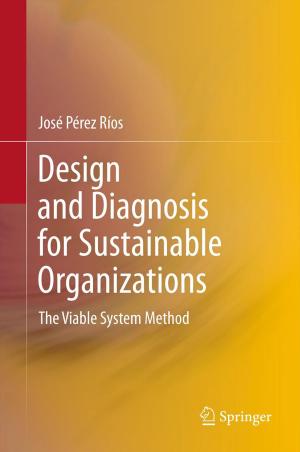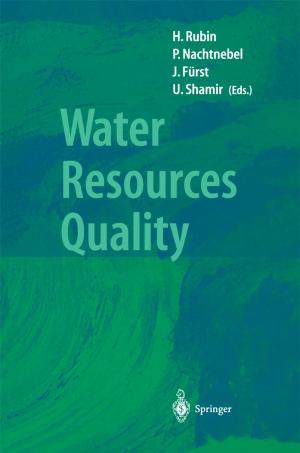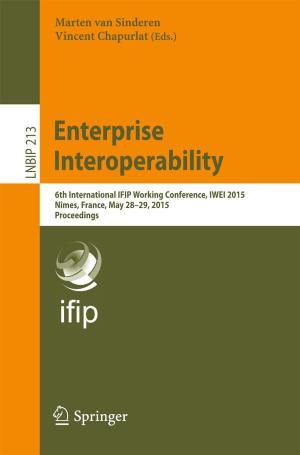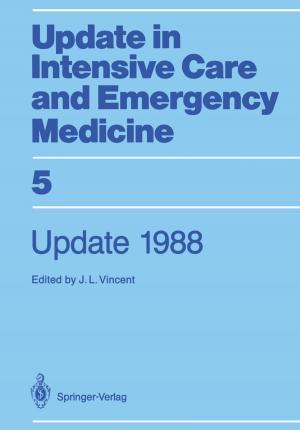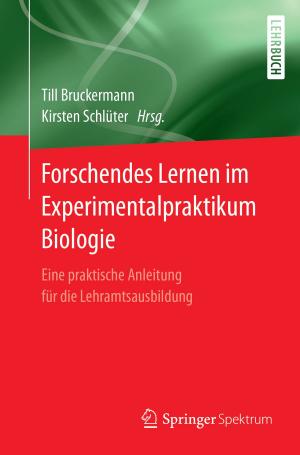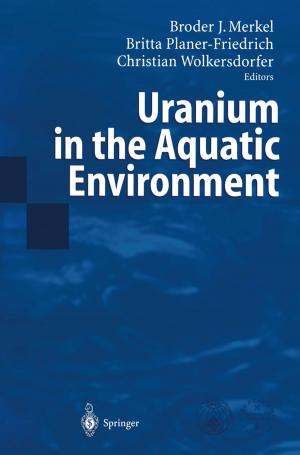Environmental Geochemistry of Potentially Toxic Metals
Nonfiction, Science & Nature, Science, Chemistry, Physical & Theoretical, Earth Sciences| Author: | Frederic R. Siegel | ISBN: | 9783662047392 |
| Publisher: | Springer Berlin Heidelberg | Publication: | November 11, 2013 |
| Imprint: | Springer | Language: | English |
| Author: | Frederic R. Siegel |
| ISBN: | 9783662047392 |
| Publisher: | Springer Berlin Heidelberg |
| Publication: | November 11, 2013 |
| Imprint: | Springer |
| Language: | English |
This book focuses on heavy metals that have damaged the ecosystem Earth and its life forms. It charcaterizes natural and anthropogenic sources of pollutants,identifies physical, chemical and biological conditions which affect their ecosystem mobility. The book describes the pathways by which potentially toxic metals can access and concentrate to toxic levels in organisms. The volume reviews the different environmental assessment, monitoring samples, and analytical techniques used to determine how sample types bond the metals and hence affect their bioavailability and bioaccumulation. Consideration is given to existing remediation methodologies and those being researched. Finally, the book emphasizes how pre-planning during project studies can result in the incorporation of technologies which will prevent or at least greatly alleviate the release of toxic metals to our living environment.
This book focuses on heavy metals that have damaged the ecosystem Earth and its life forms. It charcaterizes natural and anthropogenic sources of pollutants,identifies physical, chemical and biological conditions which affect their ecosystem mobility. The book describes the pathways by which potentially toxic metals can access and concentrate to toxic levels in organisms. The volume reviews the different environmental assessment, monitoring samples, and analytical techniques used to determine how sample types bond the metals and hence affect their bioavailability and bioaccumulation. Consideration is given to existing remediation methodologies and those being researched. Finally, the book emphasizes how pre-planning during project studies can result in the incorporation of technologies which will prevent or at least greatly alleviate the release of toxic metals to our living environment.

